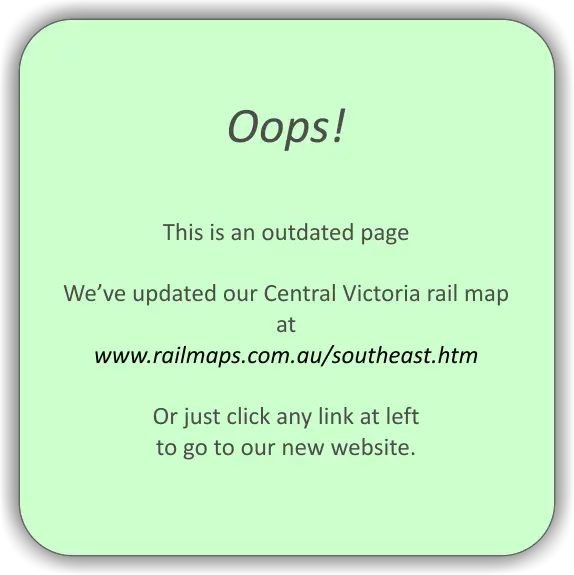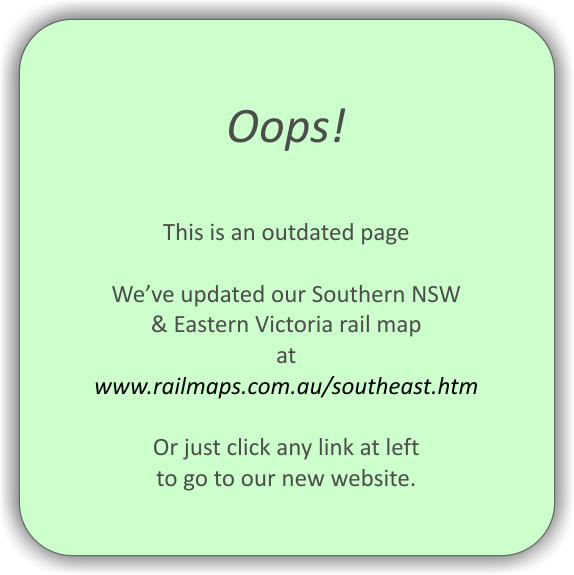Greetings from the
Australian Open in Melbourne. IBM have flown me down as part of their "
Insight 10" (Twitter tag:
#insight10 ) to show off the
systems used for supporting the tennis.
This all started late last year when I had a phone call from Ogilvy Public Relations Worldwide asking if I would like to be one of a small group of opinion makers. This sounded like a scam, or at best "cash for comment". It was explained that there would be no cash, which made it sound worse: why would I comment for free? However, I thought I would see what it was all about.
Some months later I got an invitation to the tennis. I don't actually like tennis, but was promised a look behind the scenes at the computer system used for the scoring and statistics, which sounded more interesting.
So here I am in the IBM corporate tent (an air-conditioned, carpeted tent). There is quite a buzz outside with people draped in Australian flags for Australia day.
We were all handed a HTC Android phone, running a the "IBM Seer" app. This is an augmented reality application which takes the image from the camera, the location from the GPS and the direction from the digital compass and overlays the scene with information about the venue. AT the tennis this shows things link which arena is which and where the toilets are. The application is a lot more usable than I expected, but has a few limitations. The HTC screen is not readable in the bright Melbourne sunshine. The text on the screen is too small for me to read.
At court side there are sensors and people with PDAs recording statistics on the tennis matches. I had assumed this would be just the score, but there is a radar system for recording the speed of the serves and people to enter the style of play. This data is transmitted to servers around the world, logged in a database and provided to the TV and web systems.
We then went down under the main courts where the public are not permitted. There in a room in the basement of the building, in a concrete lined room with a ziggurat ceiling (the underside of the stepped seating) was a room full of equipment with some very relaxed looking IBM technicians. I noticed the servers are mounted in SKB transportable shock mounted racks in stackable containers (as used for military IT systems). The people running the system travel around the world to different sporting events, taking the equipment with them.
Back at the VIP tent we were shown the tennis home page, which is only available in English (there is also an iPhone app available in multiple languages). One internal applications shown was the one used for scheduling the matches. This was refreshingly simple, with no graphics: just a grid of text, emulating a whiteboard. One problem with this is that to indicate a player is about to go on their name changes from blue to green. This needed to be changed to give some other indication for those who are colour-blind.
There was also a screen showing how much energy the system was using. I would have liked to see more of this, but my fellow Insight10s got very excited by another display analysing the online response to the event. This display scans blogs, tweets and other material online which mention the Australian Open and assess what is said. This .looks at what sponsors are mentioned and if the sentiment is positive or negative. This seems t be why I am here, with the aim of having me blog something which ends up in the positive category.
After lunch there was an entertaining tennis quiz, using "clickers" (hand held feedback devices, as used for quizzes in schools). There there were questions and answers by John Fitzgerald (ex-professional tennis player).
Last official part of the day before watching tennis was question and answer with the people from the IBM Atlanta Innovation Centre who look after the sporting application. They said I could ask anything so I asked if the Australian Open home page complied with Australian accessibility law. The last time I was involved with an IBM supplied sport system was the Sydney Olympics, where I
testified in the Human Rights Commission that the web site was not accessible to the blind. The IBM people took this rather heavy question quite well. They said that the site was designed against IBM's own internal guidelines as well as other accessibility guidelines. The major difficulty for a sport such as tennis is complex multidimensional tables which update in real time. The answer to this is to provide micro updates. This reduces the bandwidth required for all users. Fir those with a disability it is possible to provide a text based running commentary and which s much like the scoring you hear on the TV broadband of the tennis. There is also a mobile version of the site, which we tried on an iPhone and which looked good.
ps: While IBM don't provide it there is also a system with eight cameras tracking the ball for enhanced display on TV.
Labels: #insight10, accessibility, Alpine Sports, Google Android, IBM, insight10, Melbourne





